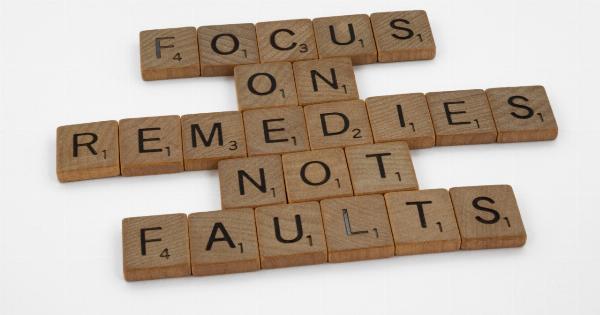Photography has become an essential part of our lives. The evolution of technology has made photography easier and more accessible than ever before.
With the proliferation of cameras, taking photographs has become an easy task for anyone who owns a smartphone. However, when it comes to professional photography, it is very important to determine when to conduct photography and what kind of photography is required. One such photography that is essential for various purposes is PLMATOGRAPHY.
In this article, we will discuss what is Plmatography and when should it be conducted?.
What is Plmatography?
Plmatography is the process of taking photographs using drones. A drone is an unmanned aerial vehicle that can capture aerial photographs and videos.
This type of photography is becoming increasingly popular because it offers a unique perspective, one that cannot be captured by traditional photography methods. Plmatography has become a valuable tool in several industries such as real estate, agriculture, construction, and film production.
When to Conduct Plmatography?
Plmatography should be conducted when traditional photography methods cannot capture the required perspective. Moreover, it is suitable for areas that are inaccessible, dangerous, or too large to be photographed using traditional ways.
In the following section, we will discuss some of the scenarios where Plmatography is highly recommended.
Real Estate
In real estate, Plmatography is a vital tool for showcasing properties. Using Plmatography, photographers can take aerial photographs of properties at various angles and heights.
This provides potential buyers with a comprehensive view of the property’s surroundings, exterior views, and proximity to nearby landmarks such as schools, parks, and shopping centers. Additionally, Plmatography can highlight the distinctive features of a property, such as the size of the yard, the shape of the house, and the type of roof. All of this information can influence a buyer’s decision-making process.
Agriculture
Plmatography is also widely used in agriculture. Farmers use drones to take aerial photos of their fields to monitor crop health, soil quality, and pest infestations.
Plmatography can also help farmers evaluate areas of the farm that may need more attention and grapple with environmental factors such as excessive heat, humidity, crop disease, and drought. Overall, Plmatography can help farmers maximize their crop yield and identify methods to optimize crop growth.
Construction
Similarly, Plmatography is a boon for the construction industry. Drones can be used to create accurate 3D models of construction sites, offering invaluable data for architects, engineers, and contractors.
The aerial photographs can show site features such as the existing terrain, natural waterways, vegetation, and nearby infrastructure. Using this data, construction teams can conduct surveys, plan layouts, and estimate the amount of materials needed for the job.
Furthermore, Plmatography can also be used to conduct safety checks, monitor site progress, and ensure that workers are following safety regulations.
Film Production
Finally, Plmatography plays an essential role in the film production industry. Plmatography can capture stunning aerial shots that add a new dimension to movies, documentaries, and TV shows.
Using drones to film provides filmmakers with new cinematic opportunities, creating memorable scenes and storylines. Moreover, using drones for filming can be more cost-effective and safer than traditional methods, such as using helicopters or cranes.
Conclusion
In conclusion, Plmatography has proven to be a valuable tool in various industries. It offers a unique perspective and allows photographers to capture breathtaking photographs that traditional methods cannot achieve.
Whether it’s real estate, agriculture, construction, or film production, Plmatography provides invaluable data and an edge in the market. Thus, when it comes to professional photography, Plmatography should be conducted when traditional methods cannot capture the desired perspective.






























